Maximizing your muscle mass requires understanding the impact of Testosterone
Effects of Anabols, Direct and Indirect
Many years of manufacturing, separation, and study have all gone into creating testosterone, yet the precise effects of steroids on muscle building remain mostly unresolved. Currently, it is thought that the primary mechanisms by which all anabolic/androgenic hormones function are by direct activation of the cellular androgen receptor and an increase in protein synthesis. Therefore, if we can supplement with testosterone or another anabolic steroid to enhance our androgen level, we may dramatically improve the rate at which protein is absorbed by the muscles.
This is the main reason why all anabolic/androgenic medicines promote muscle growth. The androgen receptors become more active as our hormone levels rise, which ultimately accelerates the production of new proteins. However, additional indirect mechanisms may influence muscle growth in addition to the well-acknowledged effect of androgens on protein synthesis. An indirect process results from androgens’ impact on other hormones, the release of hormones or growth factors that act locally in cells, or even from androgen receptor activation itself.
Furthermore, we need to remember that the distribution of muscle mass takes into account factors other than protein synthesis, such as the transport of tissue nutrients and protein breakdown. We also need to take into account how these factors interact with androgenesis to have a whole picture. In response to the first theory, we note that studies on testosterone show that the hormone does not increase the transport of amino acids inside tissues.
Testosterone’s anti-glucocorticoid effect
Strength and bulk improvements may be attributed to the anticatabolic effect of testosterone and synthetic anabolic/androgenic medications on muscle cells. Androgens indirectly affect glucocorticoids in the body. Glucocorticoid hormones urge the muscle cell to release protein that has been stored in reserve, in contrast to what androgens do. The destruction of muscle tissue that occurs during this process is referred to as “catabolism”.
Muscle development occurs when the anabolic effects of testosterone outweigh the regenerative effects of cortisol. With regular exercise and a nutritious diet, the body will typically store more protein than it expels, but this never-ending battle never stops. However, while using anabolic steroids, a much higher androgen level can greatly offset the benefits of glucocorticoids. Because of their decreased effect, fewer cells will get the signal to release protein, which will ultimately lead to an accumulation of more protein.
The primary mechanism responsible for this activity is believed to be the androgen displacement of glucocorticoids bound to glucocorticoid receptors. Testosterone has been shown to have a relatively high affinity for this receptor in vitro studies, suggesting that this interaction is probably the direct cause of some of the anabolic effects of testosterone. Furthermore, it has been proposed that androgens might directly prevent DNA from attaching to the glucocorticoid response element. Steroid injections reduce protein breakdown during fasting, but the exact mechanism is unclear.
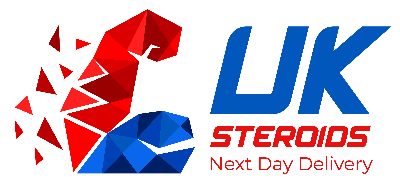
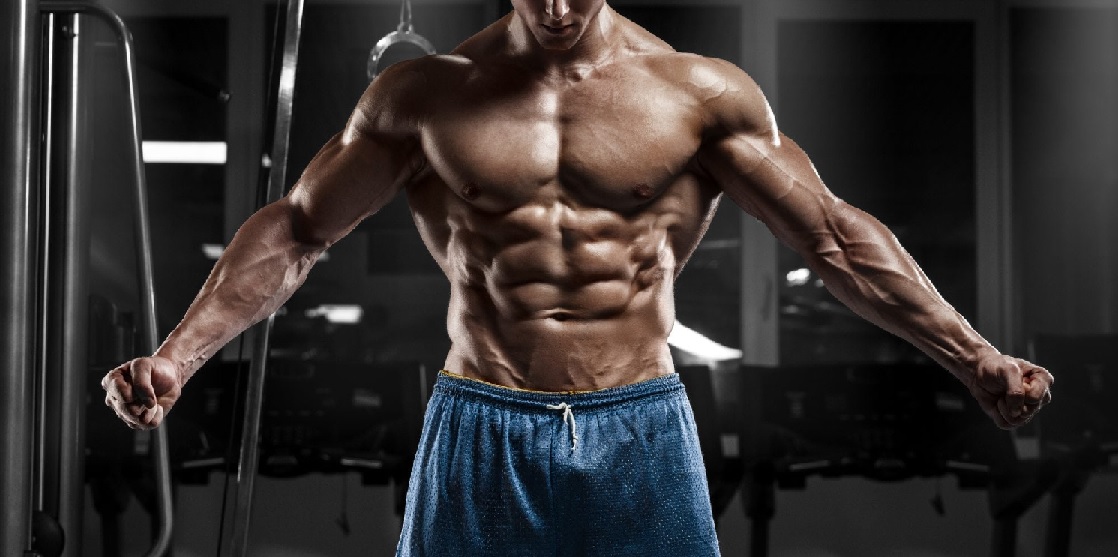

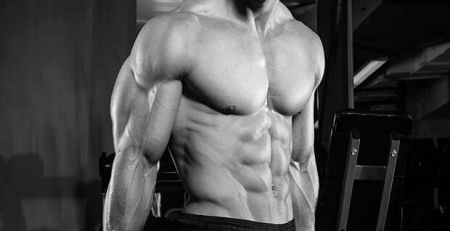



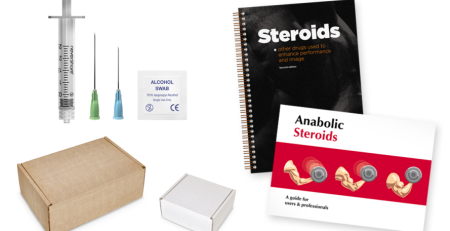


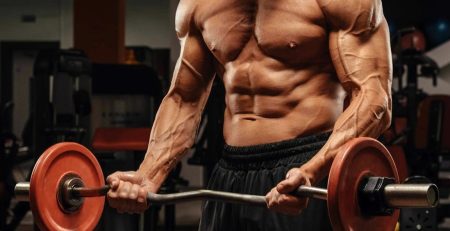
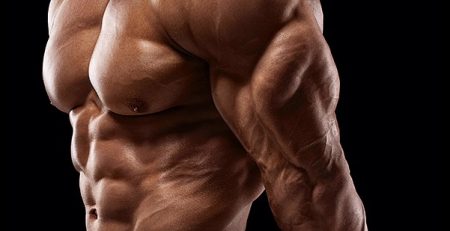
Leave a Reply